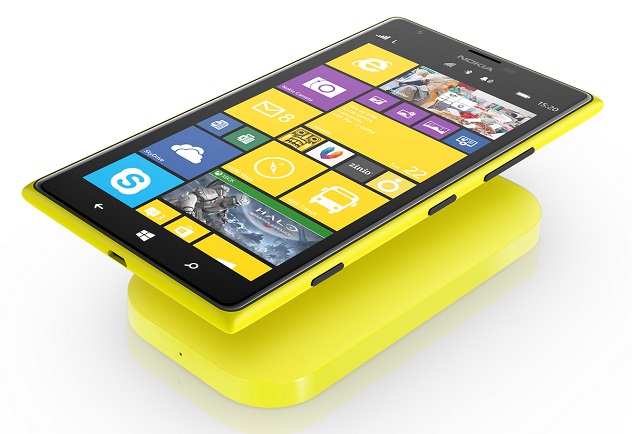Tales In Tech History: Windows Phone

Windows Phone is officially dead, but it was much loved by those that used it. Why did it fail and what next for Microsoft mobile?
Also, as mentioned previously, app developers had previously been burned by Redmond’s move to WP7.
And Windows Phone did (eventually) have all the major apps covered, with the notable omission of Google and YouTube (although there were some decent third party YouTube alternatives).
Many observers feel that Microsoft was at fault here for Google’s actions.
Redmond had angered Google immensely by its hounding of Android users such as Samsung and LG, and using lawsuits to force them into agreeing royalty payments for using Android. Google never forgave Microsoft, and refused to develop a YouTube app for the platform.
The Nadella Betrayal
But perhaps the biggest enemy of Windows Phone was Microsoft itself. Steve Ballmer tenure in charge of Microsoft ended in 2013 and in 2014 Satya Nadella was appointed as CEO.
![]() At at the start of his reign, Nadella promised to turn Microsoft into a “mobile first, cloud first” company. There is little doubt that Nadella has now retreated from this approach in favour of a focus on what he describes as the ‘intelligent cloud and intelligent edge.’
At at the start of his reign, Nadella promised to turn Microsoft into a “mobile first, cloud first” company. There is little doubt that Nadella has now retreated from this approach in favour of a focus on what he describes as the ‘intelligent cloud and intelligent edge.’
Indeed, Nadella’s actions to many within the Windows Phone community has felt like a betrayal of their loyalty to the mobile platform. Under Nadella, Microsoft stopped development on any new flagship devices. He also brutally terminated the mobile division he had inherited from Nokia.
That said, Microsoft under Nadella did release Windows 10 Mobile in 2015, which emphasized tighter integration and unification with its PC counterpart – including a new, unified application ecosystem. But WM10 was released in a hurry and was initially buggy.
Interestingly, figures from AdDuple estimate that nearly 80 percent of Windows-powered phones are still running WP7, WP8, WP8.1 – only 20 percent of all Windows phones are running the latest Windows 10 Mobile OS.
Nadella and Microsoft had also pledged at first that all Windows Phone devices would be upgraded to Windows 10 Mobile. But Microsoft later backtracked on this, and users of older Lumia devices have now been left stranded after Microsoft this week officially ended support for Windows Phone 8.1.
Nadella’s only mobile contribution was the poorly received Lumia 950 and 950 XL. He instead pinned his hope on third parties stepping in with their own hardware running WM10.
Also despite rumours of a Surface phone, there is absolutely no evidence of this.
Nadella also refuses to give straight answers about Microsoft’s mobile ambitions. Last December he faced a number of pointed questions on this by concerned shareholders, but he answered with rambling management speak and no clear statement of direction.
Redmond (publicly at least) repeatedly maintains that it is still committed to Windows 10 on mobile devices. But in truth Microsoft mobile ambitions are dead, at least for the consumer market.
A clear sign of this is that even Microsoft’s own applications, such as Skype, are no being longer supported on Windows Phone. Instead, Redmond prefers to develop its apps for the rival Android and iOS platforms.
That strategy alone speaks volumes for Microsoft’s current indifference to pushing its own mobile agenda.